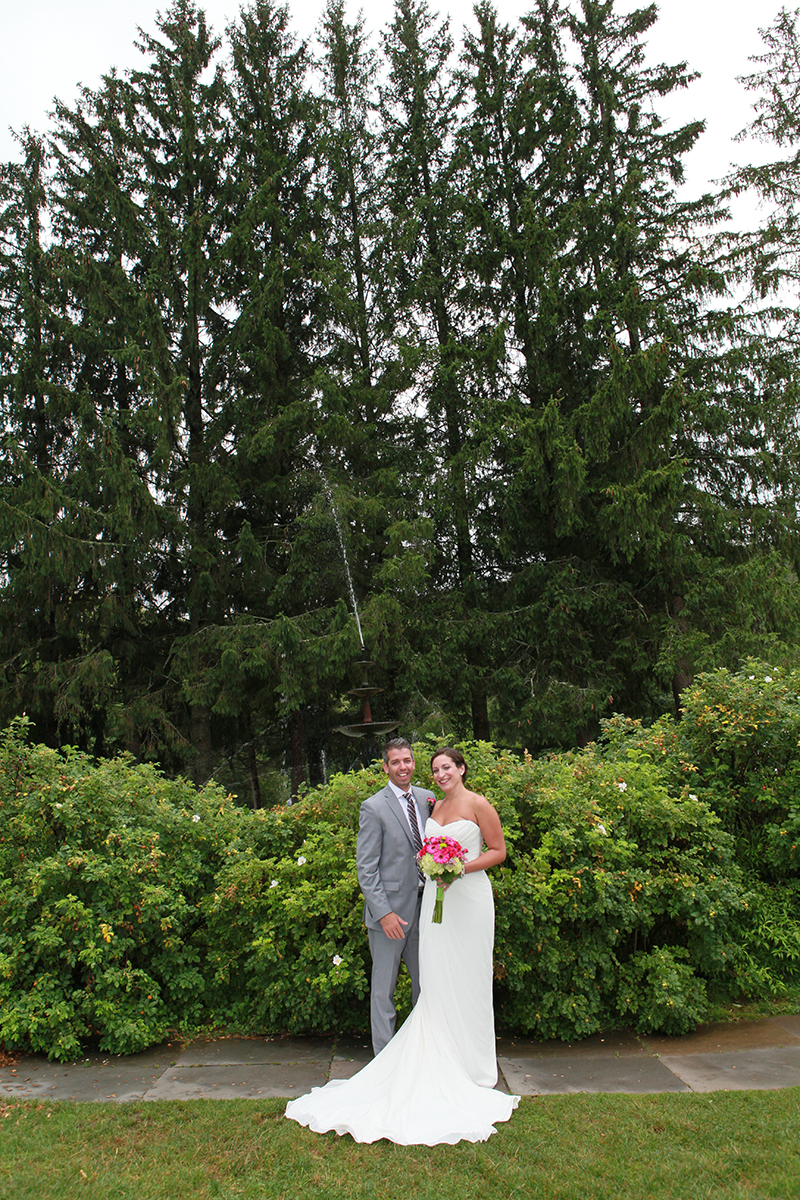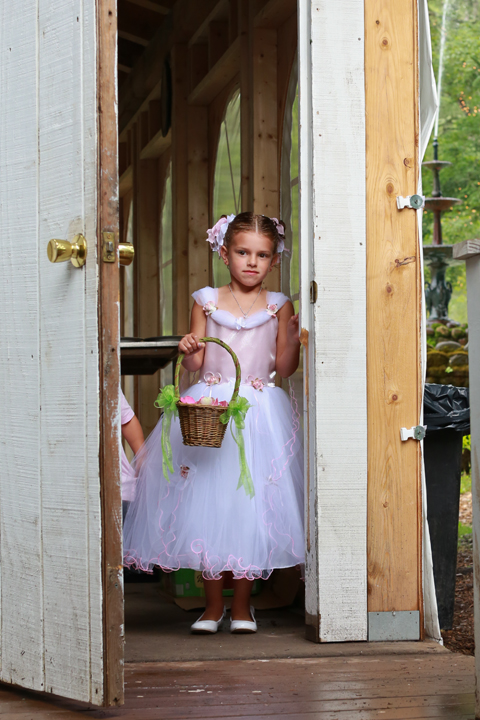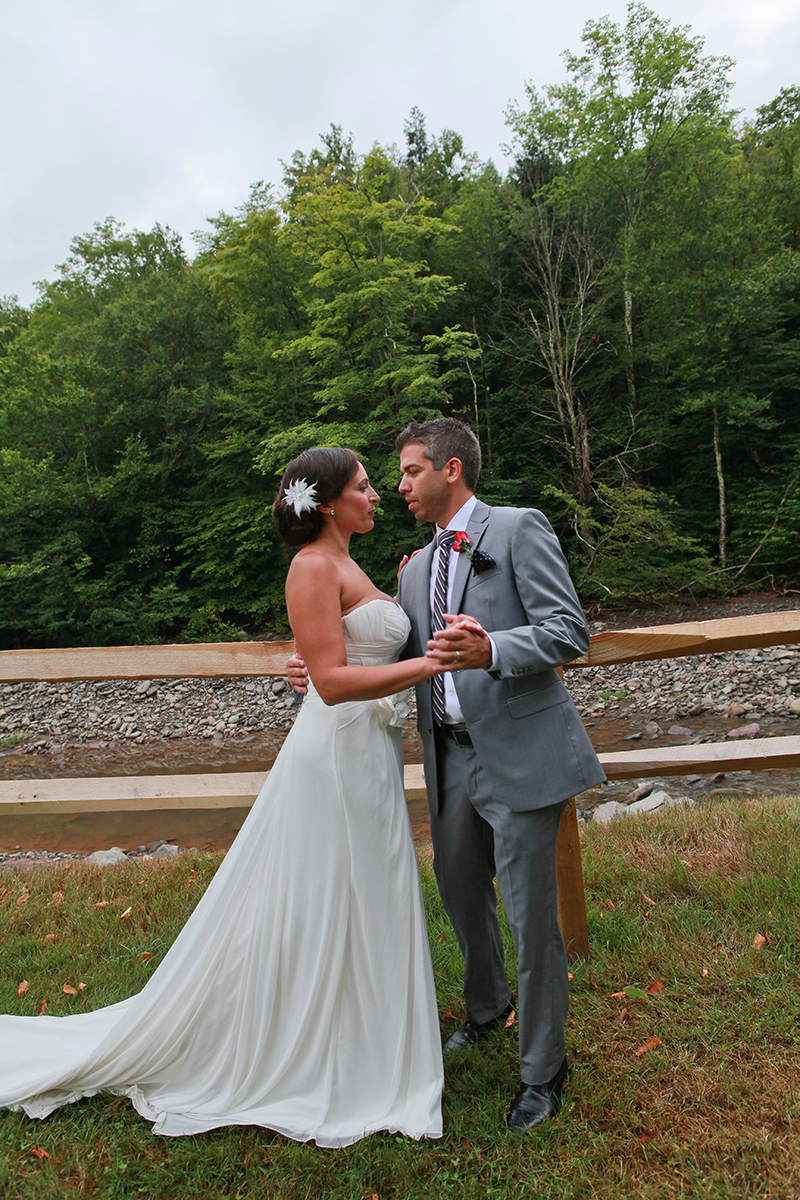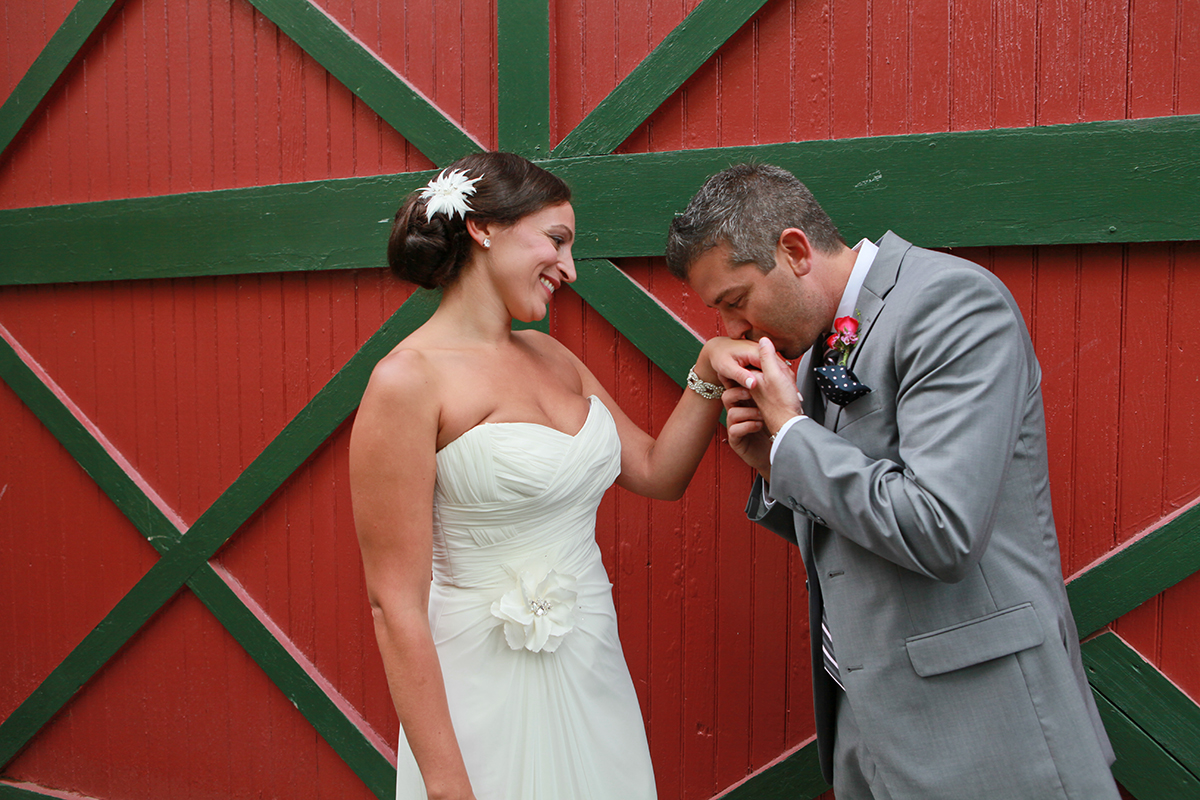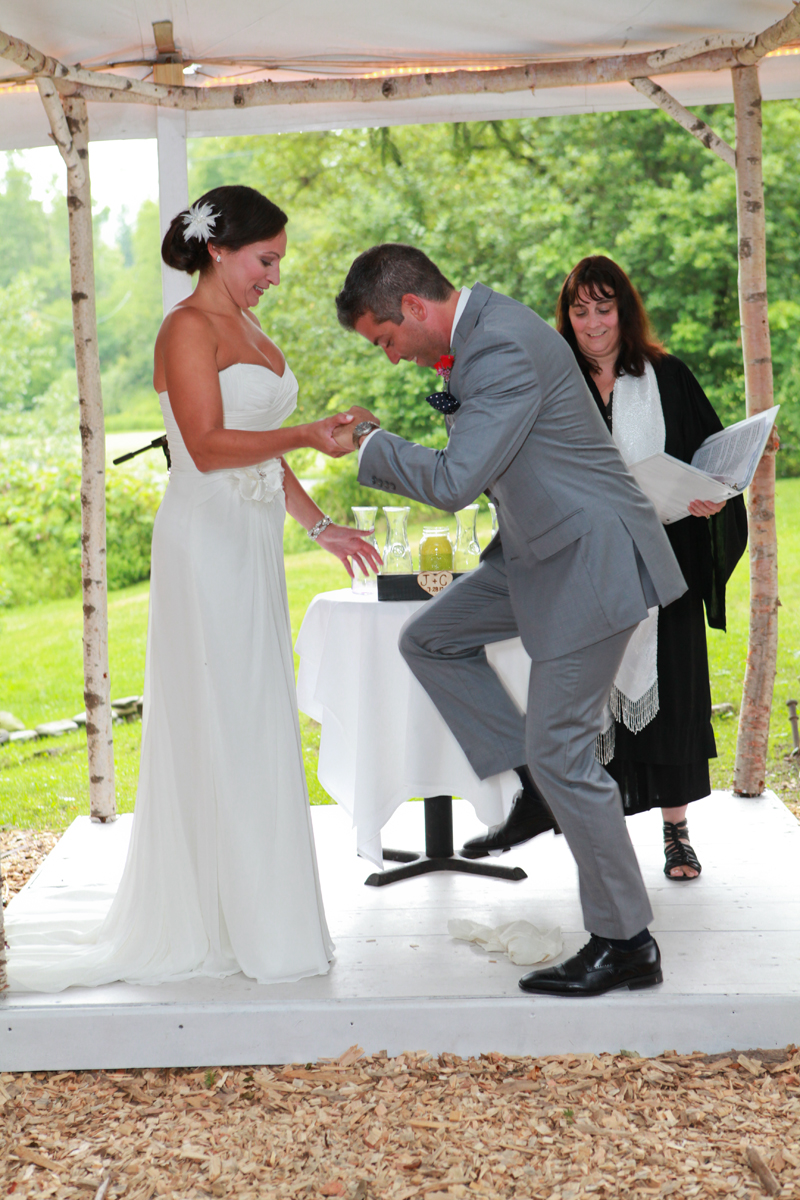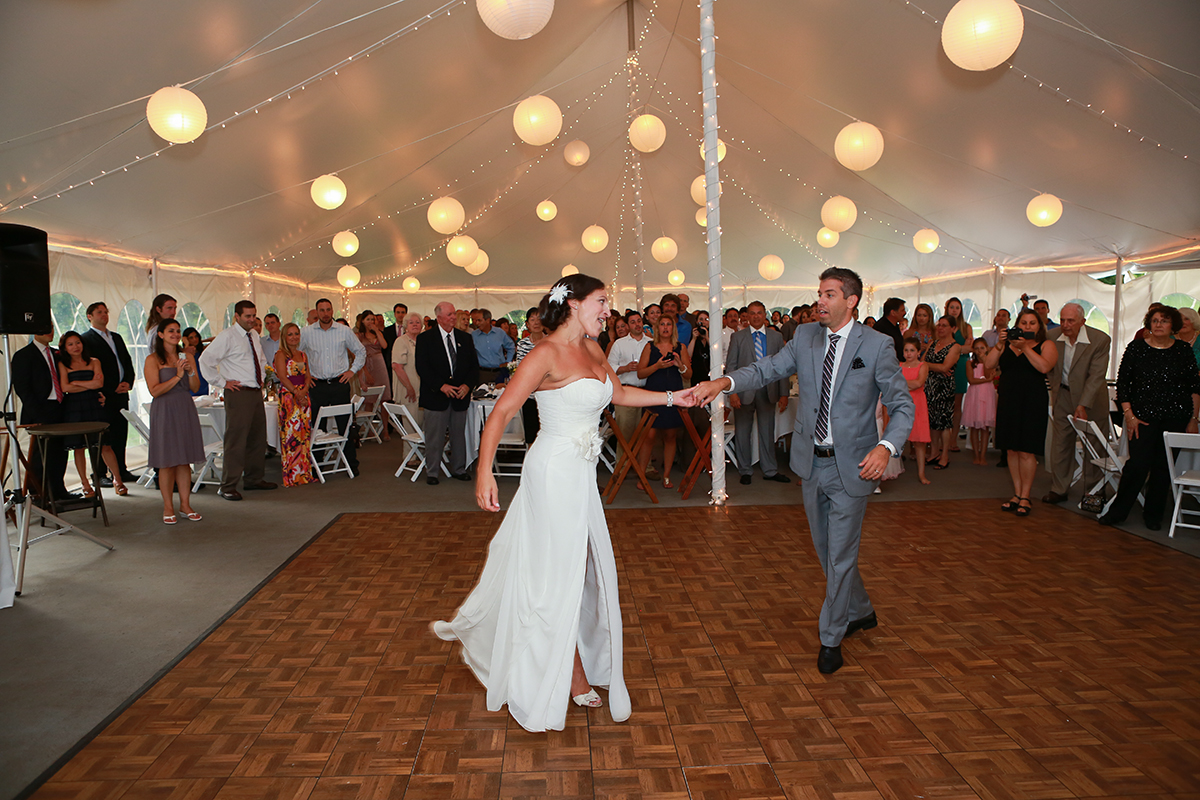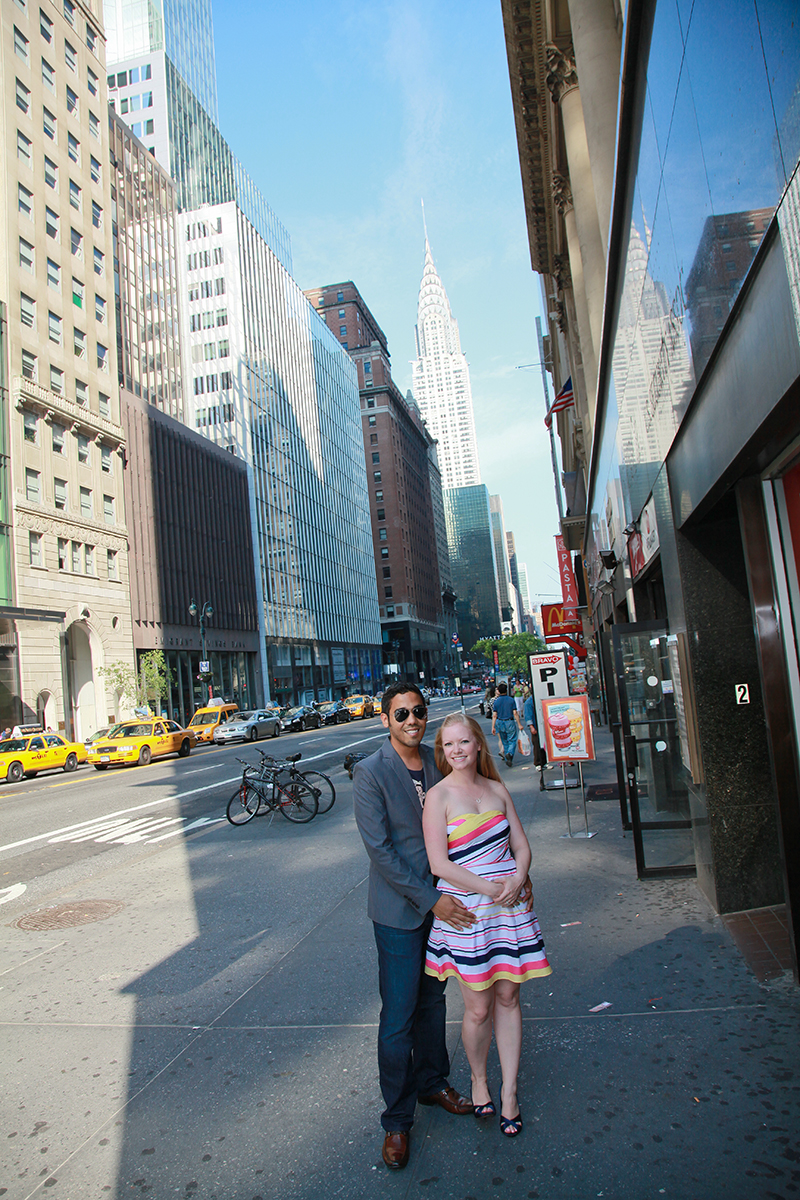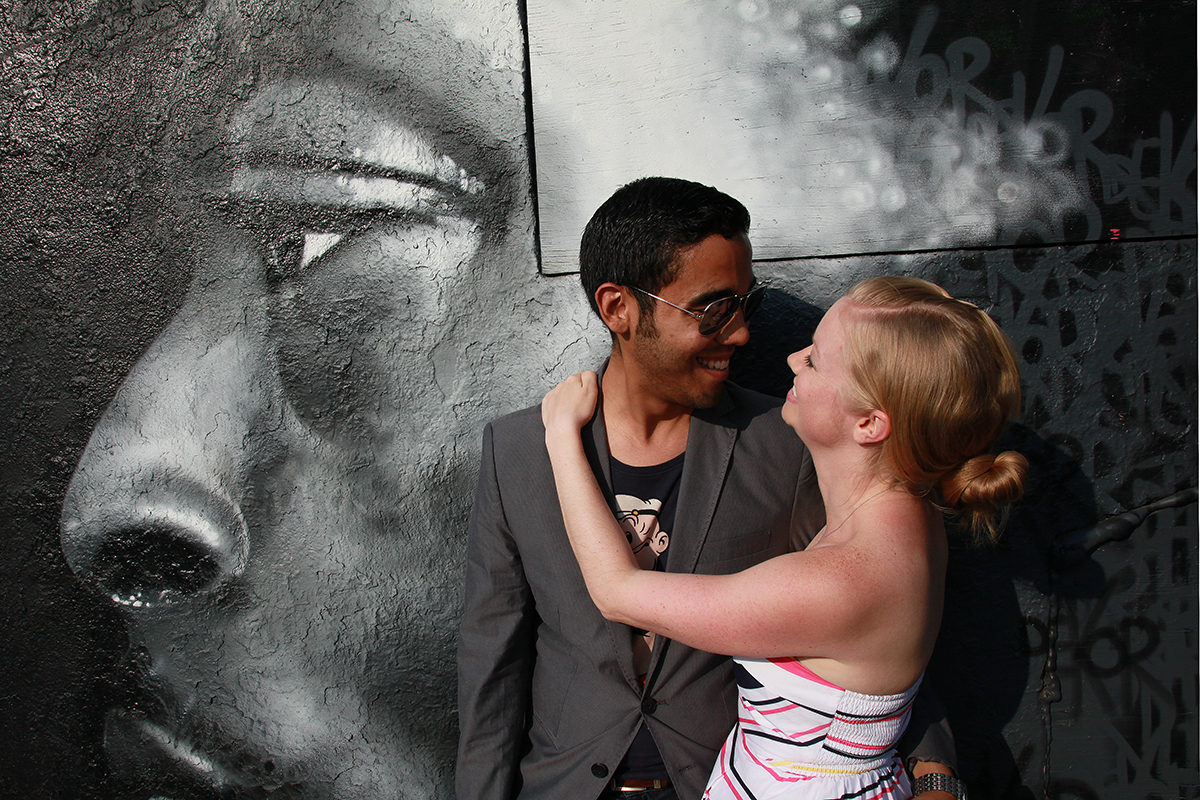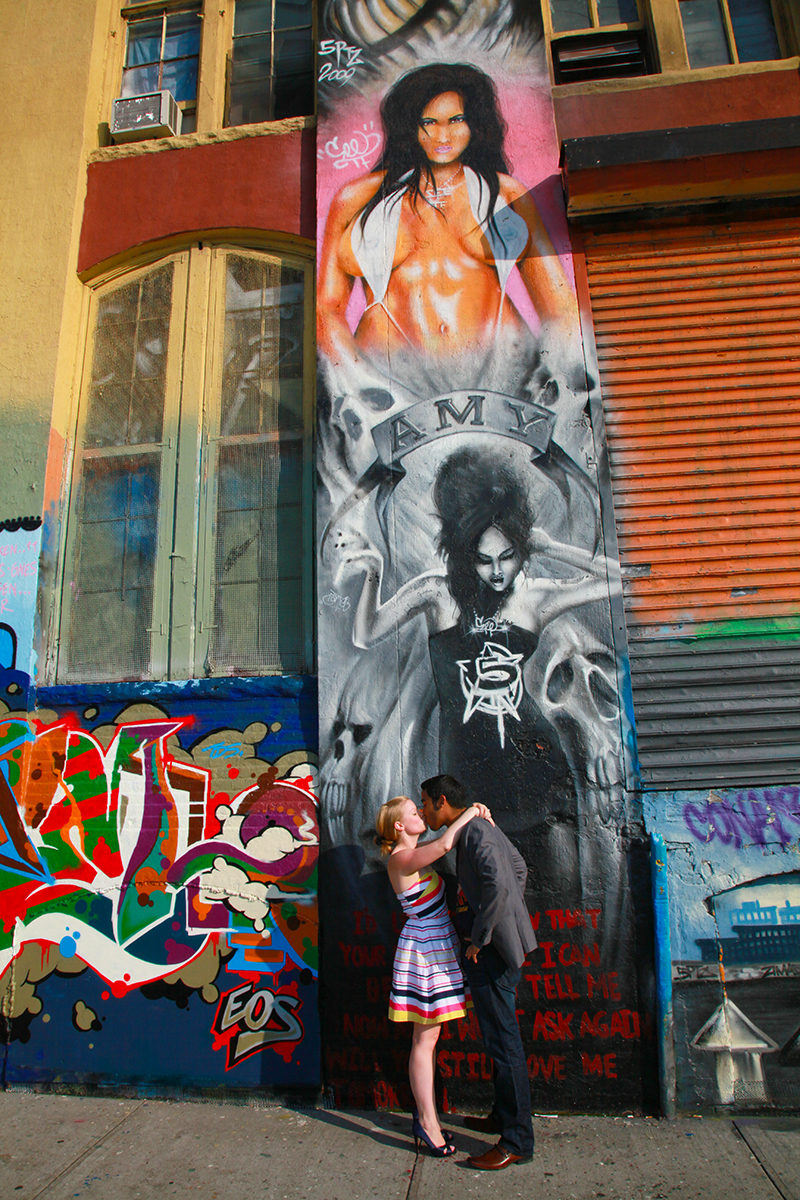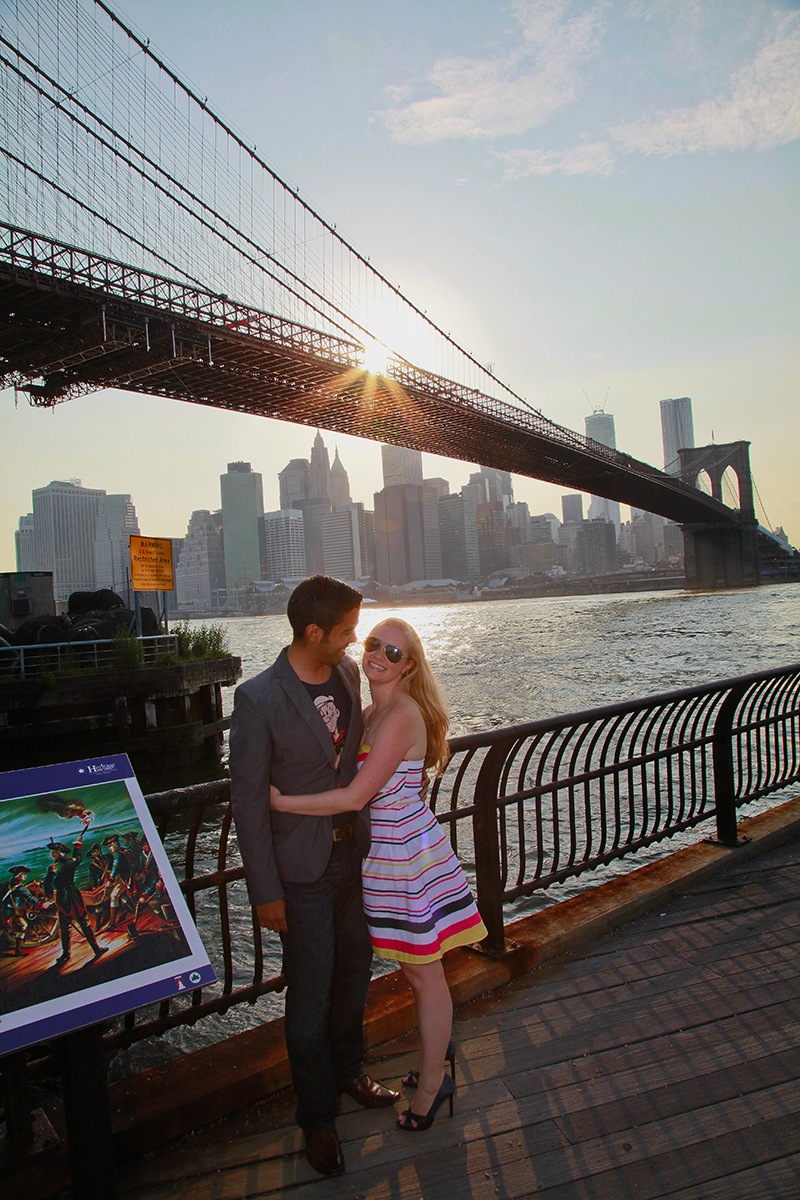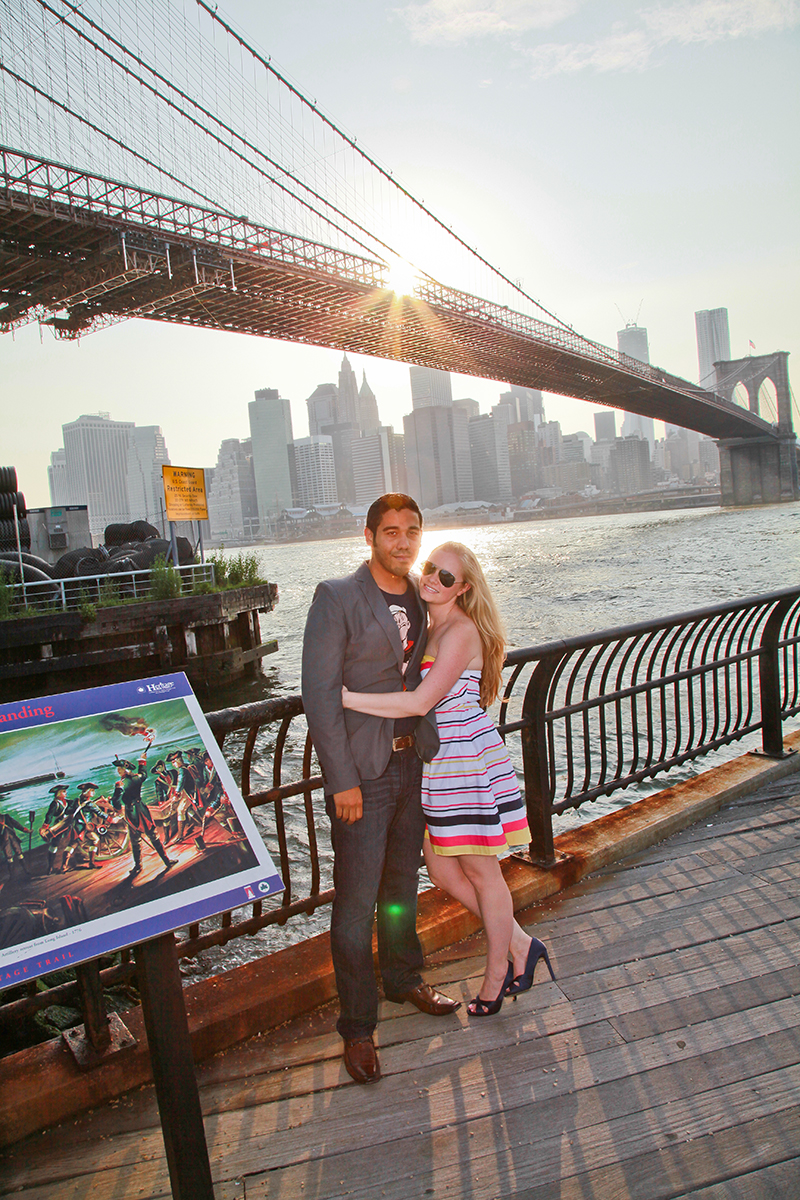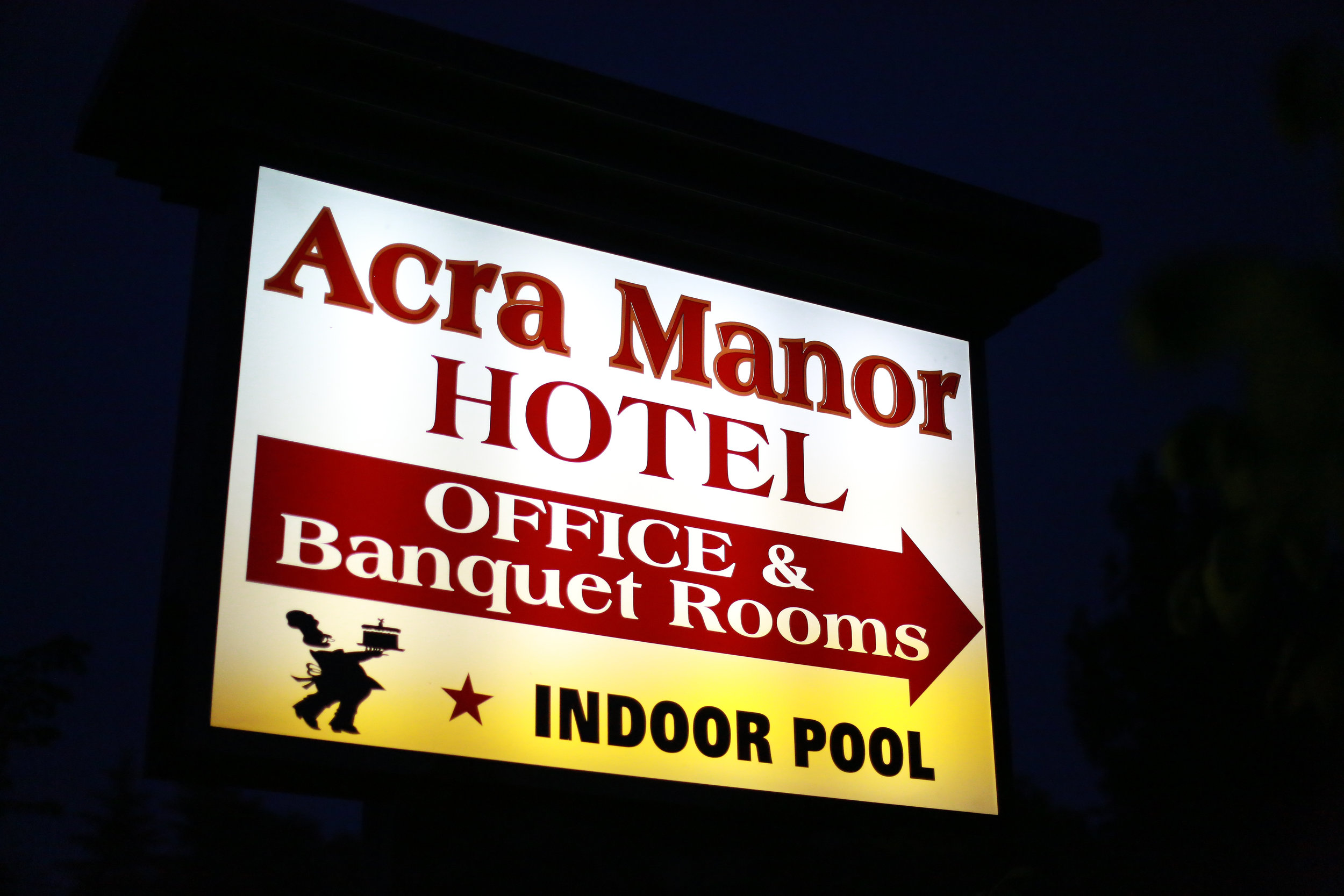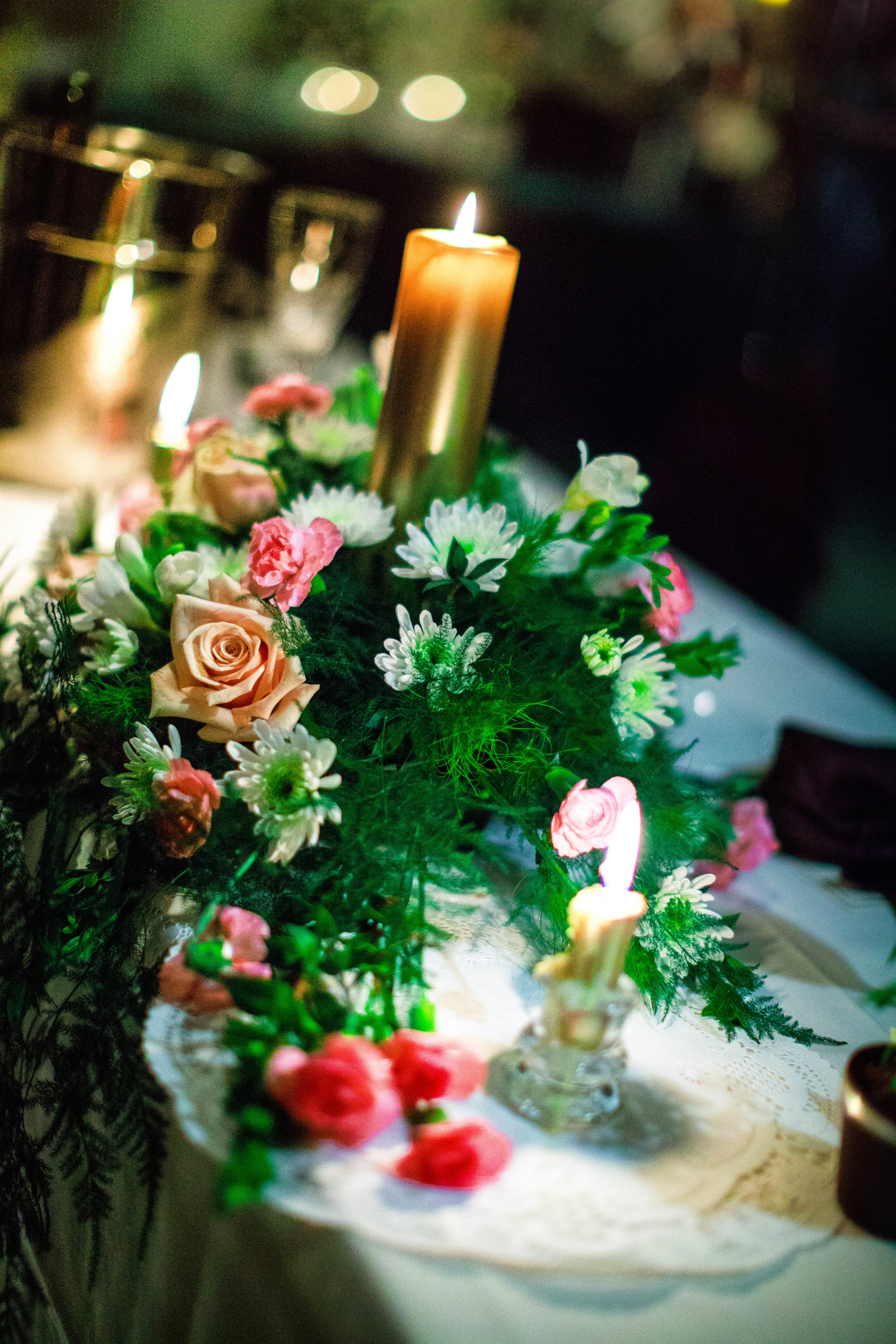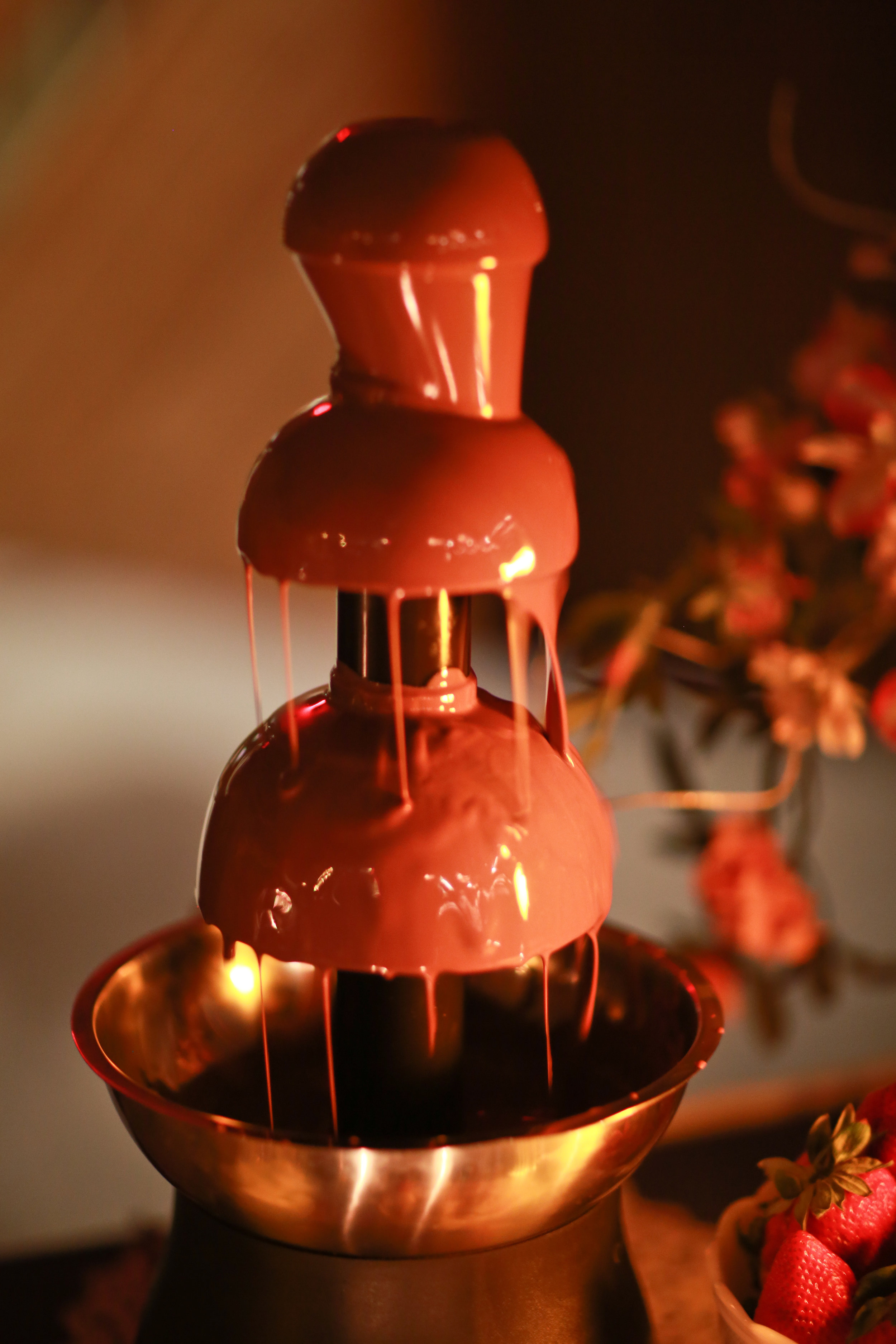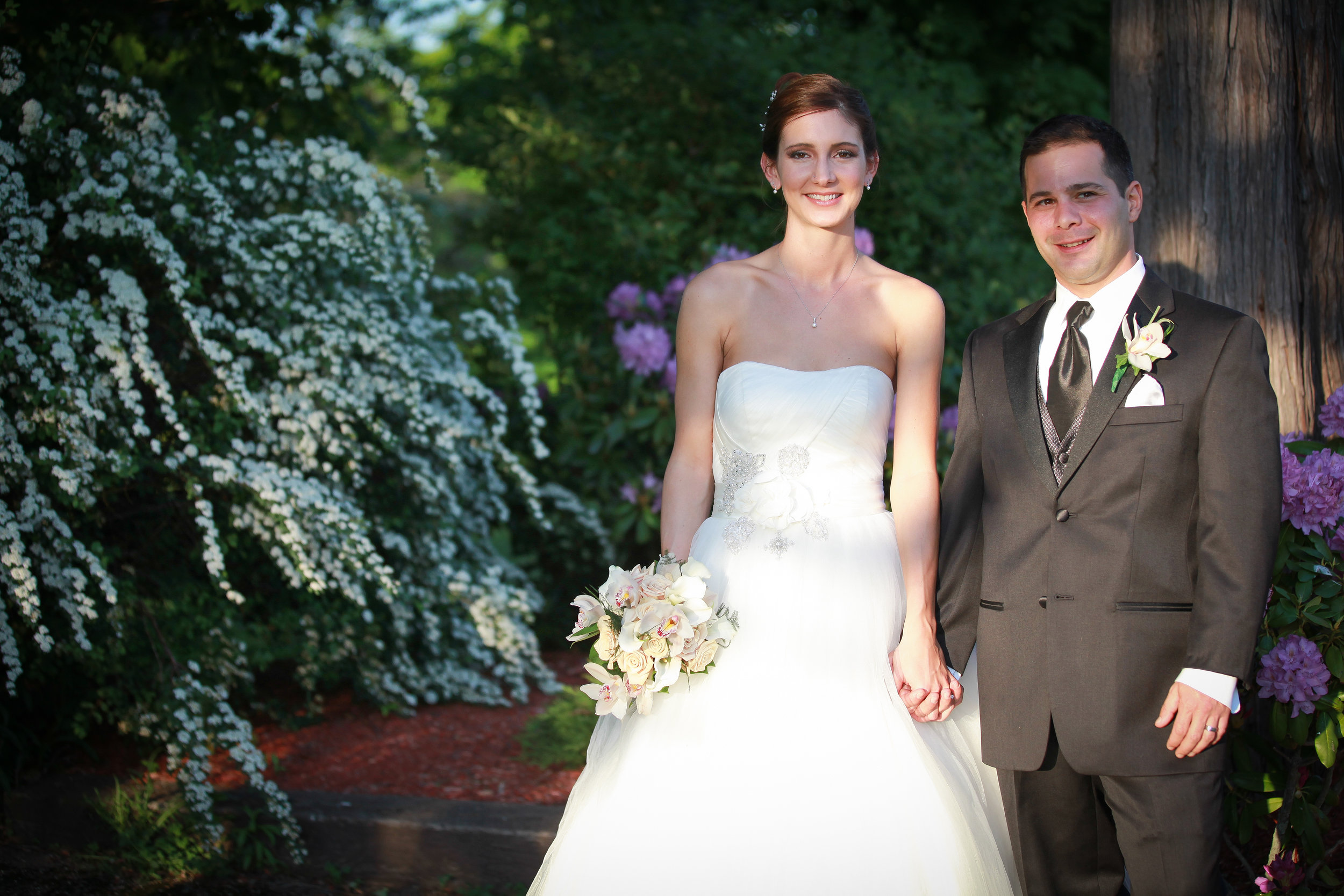Sunday was a wedding that was both elegant, classy and fun. The Century House in Latham, NY is about 200 years old and has a Revolutionary War feel in some areas and all the modern amenities in others. The couple was classy, but knew had to have a good time. Aperture Photography was there to capture it all.
Albany NY, Catskills, Hunter, Windam Mountain Wedding Photographer | Aperture Photography
We Photograph beautiful Weddings in the Albany, Catskills, Hunter, Windham Mountain. Aperture Photography Documentary Wedding Photographer. We also serve the Hudson Valley.
Full Moon Resort: Located in Big Indian, NY, Full Moon Resort offers a rustic and natural setting for weddings. The resort features various indoor and outdoor event spaces, including a beautiful outdoor ceremony site, a barn reception venue, and cozy lodges for accommodations.
The Kaaterskill: The Kaaterskill is a beautiful wedding venue located in Catskill, NY. It offers a stunning view of the Catskill Mountains and a variety of event spaces, including an outdoor ceremony site, a reception hall, and a tented reception area.
Onteora Mountain House: Onteora Mountain House is a historic wedding venue located in Boiceville, NY. It offers a beautiful setting with stunning mountain views and a variety of event spaces, including an outdoor ceremony site, a reception hall, and a spacious deck.
Foxfire Mountain House: Foxfire Mountain House is a boutique hotel and wedding venue located in Mount Tremper, NY. It features a beautiful setting with rustic and vintage decor, a beautiful outdoor ceremony site, and a cozy reception space.
The Roxbury Barn & Estate: The Roxbury Barn & Estate is a beautiful wedding venue located in Roxbury, NY. It offers a picturesque setting with stunning mountain views, an outdoor ceremony site, a rustic barn reception venue, and beautiful gardens.
The Great Gatsby Inspiration for Wedding Photography | Aperture Photography Saugerties Wedding Photographer
1920 was a great time for fashion. My Grandmother was a flapper. I saw all the photographs of the style of the 1920. I just watched the trailer for the movie Great Gatsby and I know there will be many 1920's style weddings. It should be fun and bring back a lot of memories of my grandmother. Aperture Photography is a Albany NY, Hudson Valley Wedding Photographer.
Catskills Wedding Photography|Aperture Photography at The Full Moon Resort
Aperture Photography has added a Photo booth
Aperture Photography has added a Photo booth. After watching how much fun the guests have at the wedding I had to offer it. I just love it. We service the Albany, Poughkeepsie, Catskills and Hudson Valley areas. Ask us about adding a photobooth. You will love it. !
Aperture Photography in NYC
On Memorial Day Aperture photography spent a fast pace weekend capturing the styles of several of New York's most scenic areas. Here at Aperture Photography we believe that the more energy you put into something, the better it will turn out. We strive for excellence and in keeping with our practice, we captured some incredible moments at the Brooklyn Bridge, Grand Central Station, Filth Avenue and Five point graffiti art. We at Aperture Photography were able to capture the complete style and creativity of the high class graffiti art and we promise that any project we undertake will come out with the same perfection.
It's all in the details ! Acra Manor, in the Catskills
A great article on the history and styles of wedding photography. (from Wikipedia)
aperture photography
Wedding photography is the photography of activities relating to weddings. It encompasses photographs of the couple before marriage (for announcements, portrait displays, or thank you cards) as well as coverage of the wedding and reception (sometimes referred to as the wedding breakfast in non-US countries). It is a major commercial endeavor that supports the bulk of the efforts for many photography studios or independent photographers. Like the technology of photography itself, the practice of wedding photography has evolved and grown since the invention of the photographic art form in 1826 by Joseph Nicéphore Niépce.[1] In fact, an early photograph, recorded some 14 years after the fact, may be a recreation for the camera of the 1840 wedding of Queen Victoria to Prince Albert. However, in the early days of photography, most couples of more humble means did not hire a photographer to record the actual wedding itself. Until the later half of the 19th century, most people didn’t pose for formal wedding photos during the wedding. Rather, they might pose for a formal photo in their best clothes before or after a wedding. In the late 1860s, more couples started posing in their wedding clothes or sometimes hired a photographer to come to the wedding venue. (See the gallery at White wedding.)
Due to the nature of the bulky equipment and lighting issues, wedding photography was largely a studio practice for most of the late 19th century. Over time, technology improved, but many couples still might only pose for a single wedding portrait. Wedding albums started becoming more commonplace towards the 1880s, and the photographer would sometimes include the wedding party in the photographs. Often the wedding gifts would be laid out and recorded in the photographs as well.[2] At the beginning of the 20th century, color photography became available, but was still unreliable and expensive, so most wedding photography was still practiced in black and white. The concept of capturing the wedding "event" came about after the Second World War. Using film roll technology and improved lighting techniques available with the invention of the compact flash bulb, photographers would often show up at a wedding and try to sell the photos later. Despite the initial low quality photographs that often resulted, the competition forced the studio photographers to start working on location.
Initially, professional studio photographers might bring a lot of bulky equipment, thus limiting their ability to record the entire event. Even "candid" photos were more often staged after the ceremony. In the 1970s, the more modern approach to recording the entire wedding event started evolving into the practice as we know it today, including a more "documentary" style of photography.[3] Contents
1 Technology 2 Approaches 3 Albums, prints, and other products 4 Profession 5 Professional organizations 6 See also 7 References
Technology Photographer rehearses taking a critical wedding photo, using her assistant here as a model, in later light on Morro Strand State Beach, Morro Bay, CA.
During the film era, photographers favored color negative film and medium-format cameras, especially by Hasselblad. Today, many more weddings are photographed with digital SLR cameras as the digital convenience provides quick detection of lighting mistakes and allows creative approaches to be reviewed immediately.
In spite of diminishing film use, some photographers continue to shoot with film as they prefer the film aesthetic, and others are of the opinion that negative film captures more information than digital technology, and has less margin for exposure error. Certainly true in some cases, it should be noted that exposure latitude inherent in a camera's native Raw image format (which allows for more under- and over- exposure than JPEG[4]) varies from manufacturer to manufacturer. All forms of RAW have a degree of exposure latitude which exceeds slide film - to which digital capture is commonly compared.[citation needed]
Currently, it is fair to say that many professional labs have a greater capacity to provide services in post-production for film compared with digital[citation needed], such as quickly generating adequate prints in the event of some over- or under- exposure. This should change over time, with manufacturers like Kodak announcing a commitment to further develop streamlined services in the area of professional digital lab output.
Technology has evolved with the use of remote triggers and flashes. Wedding photographers are now able to take advantage of traveling light and having the ability to use creative lighting. Approaches Bride and groom photo session at sunset A photojournalistic wedding image capturing the drama of a bride tossing her bouquet of flowers.
There are two primary approaches to wedding photography that are recognized today: Traditional and Photojournalistic. Traditional wedding photography provides for more classically posed images and a great deal of photographer control interaction on the day of the wedding. A Photojournalist style of wedding photography takes its cue from editorial reporting styles and focuses more on candid images with little photographer interaction. These are two extremes and many of today's photographers will fall somewhere in the middle of these two styles.
A third style that is becoming more popular is a fashion-based approach. In contemporary/fashion-based wedding photography, photojournalist will combine candid images of the events of the day with posed images that are inspired by editorial fashion photography as would be found in magazines like Vogue or Vanity Fair. This style often involves more innovative and dramatic post-processing of images.
A fourth style that is popular in Asian countries, especially in China, is wedding studio photography (Chinese: 婚纱摄影; pinyin: hūn shā shè yǐng). Typically, couples will select a studio in a similar manner as western couples select a wedding photographer. They will then make an appointment with the studio for either in-studio or location shoot, which is becoming popular in recent years, to do "glamour wedding shots". In attendance will be a hair stylist and make-up artist in addition to the photographer and the couple. The couple will go through many changes of clothing and backgrounds in a similar manner to the fashion based approach. Wedding photography with a photojournalistic approach. There is an emphasis on conveying an emotion within one's wedding day. Bride has thrown her bouquet and the catch was captured with bridesmaid in mid air. Verdi Club Fresno, CA.
The term contemporary wedding photography is used to describe wedding photography that is not of a traditional nature. The emphasis in contemporary photography is to capture the story and atmosphere from the day, so the viewer has an appreciation of what the wedding was like, rather than a series of pre-determined poses. This term can be mistaken for meaning any photograph that is not posed or formal. The advent and advancement of digital cameras (and increased use of the internet) means that many people can offer their services as a wedding photographer, but contemporary wedding photography is more than taking informal photographs and involves the use of composition, lighting, and timing to capture photographs that have a strong visual appeal.
There is some uncertainty over what constitutes contemporary and how this differs from other forms of wedding photography. The PSA Journal, March 1994, records a debate on this subject.[5]. This highlights the difficulty with the word contemporary when defining photographic expression, as some feel this term is not sufficiently defined. For example, is photojournalism contemporary or is it different? Photojournalism is easier to define, as the term infers the photography is by its nature similar to journalism, where the emphasis is upon reporting and recording events in a newsworthy manner, whereas contemporary may include an element of photojournalism but is not exclusively that style of photography.
However, the landscape of Wedding Photography has constantly evolved, it is a creative discipline and those proponents at the leading edge of the industry are constantly feeding new ideas into the photographic community. As a result trends[6] will develop, mostly based around the core elements discussed. Some will be transitory while others will remain a traditional part. Albums, prints, and other products A bride arriving at the venue, with her father also in the car. The black and white texture, together with her expression, and the composition of the photograph make for a picture that evokes some of the emotion from the day.
A contemporary wedding photographer will usually provide some or all of the following:
Indoor photography at a church, temple, or other private venue during the ceremony and reception. Outdoor photography (often at a park, beach, or scenic location on the day of the wedding and/or for engagement photos). Both posed and candid (photojournalistic) shots of the wedding couple and their guests at the religious or civil ceremony, and the reception that follows. Formal portraiture in the studio (for either the wedding and/or the engagement photos). Digital services, such as digital prints or slides shows. Albums (either traditional matted albums or the more contemporary flush mount type of album).
The range of deliverables that a wedding photographer presents is varied. There is no standard as to what is included in a wedding coverage or package, so products vary regionally and from across photographers, as do the number of images provided.
Most photographers provide a set of proofs (usually unretouched, edited images) for the clients to view. Photographers may provide hard copy proofs in the form of 4x5 or 4x6 prints, a "magazine" of images with thumbnail sized pictures on multiple pages, an online proof gallery, images on CD or DVD in the form of a gallery or a slideshow, or a combination of the above. Some photographers provide these proofs for the client to keep, and some photographers require the client to make final print choices from the proofs and then return them or purchase them at an additional cost. A sample two-page spread from a contemporary flush mount wedding album.
There are a wide variety of albums and manufacturers available, and photographers may provide traditional matted albums, digitally designed "coffee table" albums, contemporary flush mount albums, hardbound books, scrapbook style albums, or a combination of any of the above. Albums may be included as part of a pre-purchased package, or they may be added as an after-wedding purchase. Not all photographers provide albums; some may prefer to provide prints and/or files and let clients make their own albums.
Most photographers allow clients to purchase additional prints for themselves or their families. Many photographers now provide online sales either through galleries located on their own websites or through partnerships with other vendors. Those vendors typically host the images and provide the back end sales mechanism for the photographer; the photographer sets his or her own prices and the vendor takes a commission or charges a flat fee.
Some photographers are also including high resolution files in their packages. These photographers allow their clients limited rights to reproduce the images for their personal use, while retaining the copyright. Not all photographers release files and those who do will most likely charge a premium for them, since releasing files means giving up any after wedding print or album sales for the most part.
The owner of the pictures' copyright is often explicitly stated in the contract for photographic services.[7] Without such explicit statement, the owner of the pictures' copyright will depend on the country involved as copyright laws vary from country to country. Photographers who do not retain copyright of the images often charge more for their services. In these cases, the photographer provides the client with the digital images as part of the wedding package. The client then has unrestricted use of the images and can print any that they may desire. Profession This section may contain original research. Please improve it by verifying the claims made and adding references. Statements consisting only of original research may be removed. More details may be available on the talk page. (November 2007) A bride and groom are posed for this location shot using available lighting during the pre-twilight moments of the day due to the desirable soft lighting effects.
The wedding photography industry is home to some respected names within the photography industry, some of whom were listed in PopPhoto's Top 10 Wedding Photographers in the World.[8] These figures represent the historical rise of wedding photojournalism, fashion, couture-style portraits, and all digital work-flow.
As a wedding is a one-time event, the photographer must be prepared for the unexpected. Shooting a wedding is both exhausting and invigorating as the photographer is constantly looking for good angles and opportunities for candid shots. Communication and planning time-lines before the event will alleviate many of the stresses associated with photographing a wedding. The ability to tactfully take charge also helps - particularly when photographing large groups or families - a common expectation after the ceremony. Having a run list with all of the expected shots is also a useful tool. A photographer may work with an assistant who can carry equipment, arrange guests, and assist with clothing adjustments or holding of reflectors.
Some wedding photographers have an office or studio which can double as a retail photography studio. In bigger cities, one might find dedicated wedding studios that only shoot weddings and may have large studios equipped with make-up, hair, and gowns ready for the bride to wear. Other wedding photographers work out of a home studio, preferring to photograph on location. Professional organizations
Organizations such as the Professional Photographers of America (PPA), Professional Photographers of Canada (PPOC), Wedding and Portrait Photographers International (WPPI) and Wedding Photojournalist Association (WPJA) support the art and business of wedding photography. WPJA awards an annual Photographer of the Year Award to recognize the best in wedding photojournalism. The most recent winners include: Carlo Carletti (2009), Franck Boutonnet (2008) and Ben Chrisman (2007). Standards and requirements for professional organizations vary, but membership often indicates a photographer is insured (if they should lose or ruin a large number of images, they can compensate such errors for their clients). Professional organizations offer training, professional competition, and support to members, as well as directory services to help with marketing. In the UK the main governing bodies of wedding photography are The National Photographic Society, British Institute of Professional Photographers, the Society of Wedding and Portrait Photographers and the Master Photographers Association.






